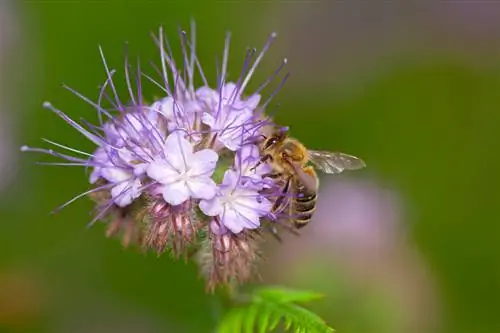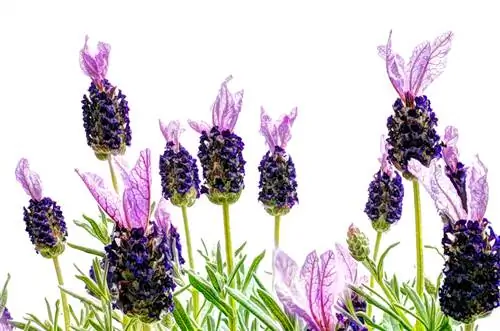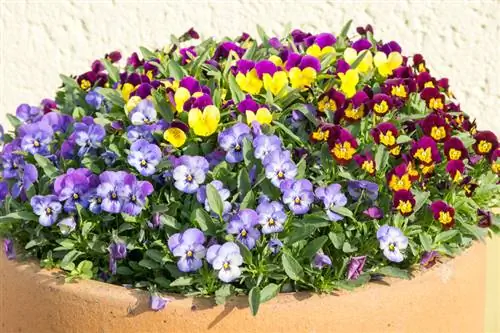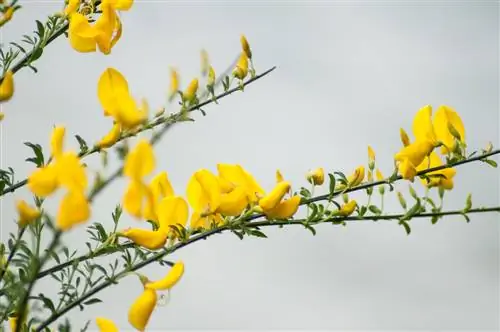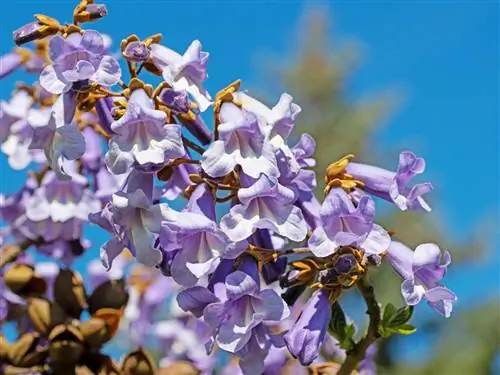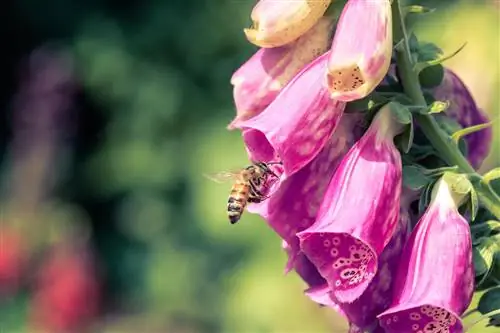- Author admin [email protected].
- Public 2023-12-16 16:46.
- Last modified 2025-01-23 11:20.
The genus Phacelia is now commonly referred to as “bee friend” because the flowers of this plant can produce comparatively high amounts of nectar. At the same time, the fast-growing bee pasture is also used as cover crops and green manure to improve the soil.
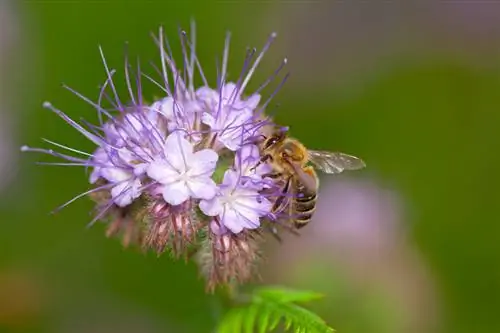
When is the flowering time of the Phacelia?
The flowering period of the Phacelia is mainly between June and September and lasts a total of several weeks. To extend the flowering period, you can reseed with a time delay and cultivate plants of different ages next to each other.
Summer bloomers with endurance
The main flowering time of the Phacelia in nature and when self-sowing is between June and September. Since new flowers gradually open on the cluster-like inflorescences, the total flowering period is several weeks. During this time, each individual flower can produce nectar with a sugar content of 0.7 to 1 milligram of sugar every day, depending on the weather, making the plant a magnet for bees and other flying insects.
Controlling the flowering period of the Phacelia
Since the Phacelia flowers in a suitable location just four to five weeks after sowing, beekeepers often use it as a pasture for bees in months with low yields. Even stocks sown in August will flower in the same year if they are adequately watered in dry summer weather. Positive effects of Phacelia are:
- use as a weed suppressant
- the enrichment of the soil with nitrogen
- the inhibitory effect on nematodes (beneficial, for example, for growing sugar beets)
Tip
In an entire bed full of phacelia, you can extend the flowering period by reseeding at different times and cultivating plants of different ages next to each other.

